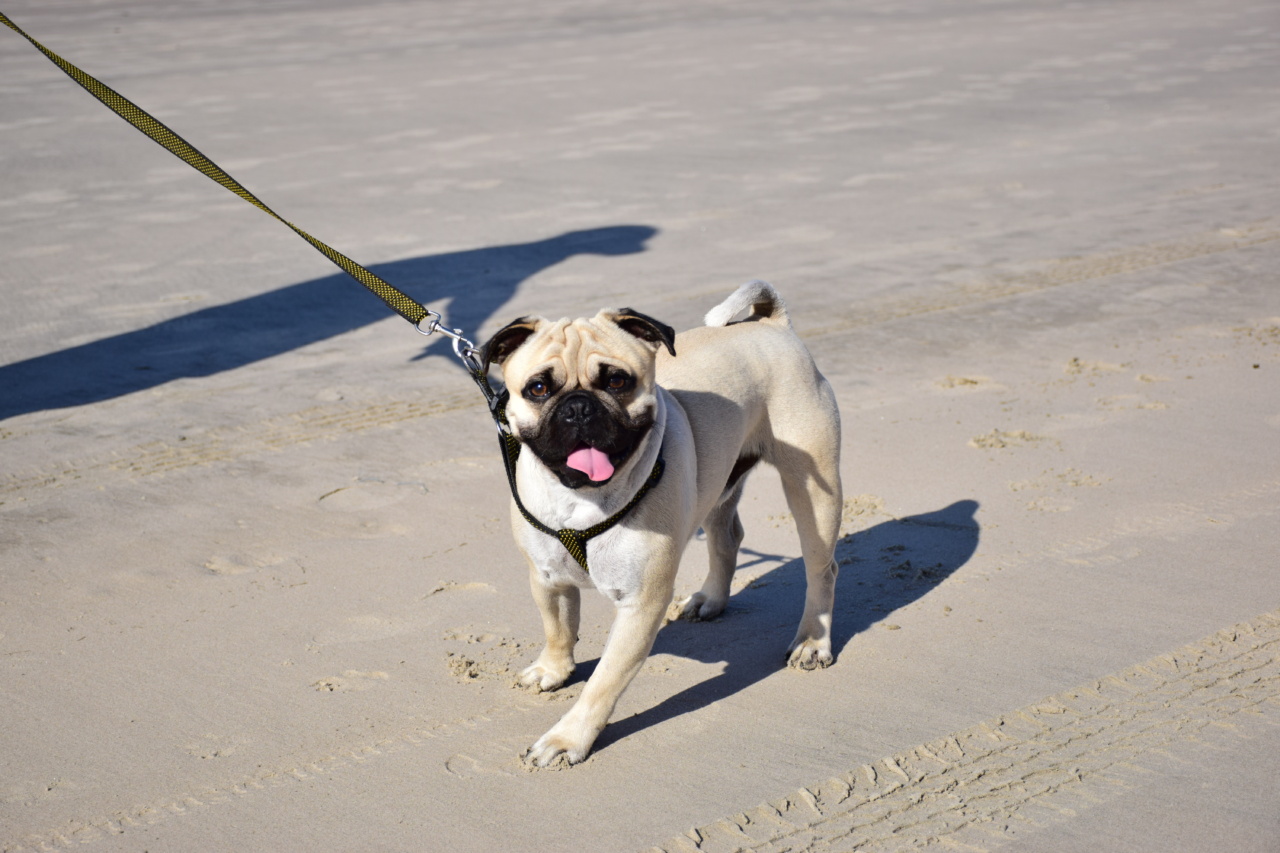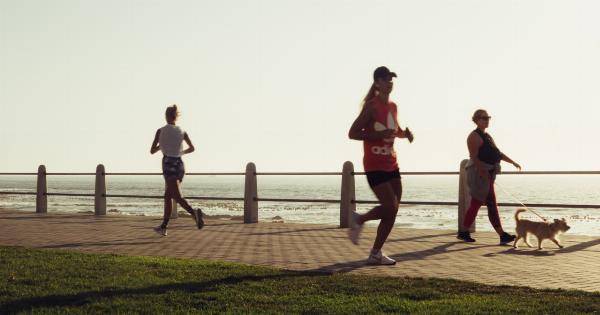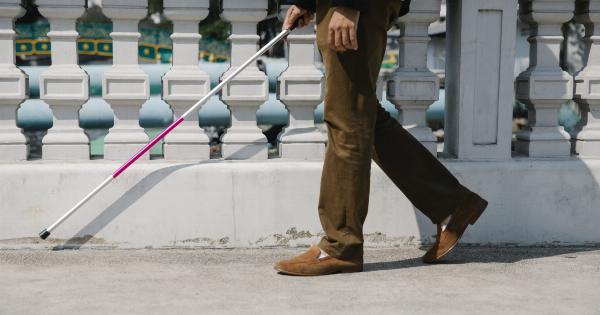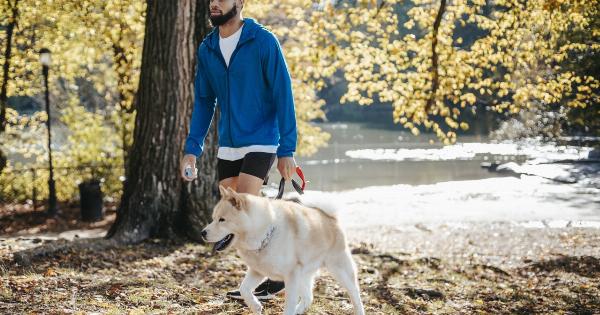Walking your dog is an essential part of their daily routine. It provides exercise, mental stimulation, and a chance for them to explore the world around them.
However, if your dog tends to pull on the leash, what should be an enjoyable and relaxing experience can quickly turn into a frustrating battle. That’s where the anti-pull dog leash comes in.
Understanding the Problem
Many dog owners experience the challenge of walking a pulling dog.
Whether it’s due to their natural instinct or a lack of training, dogs often develop a habit of pulling on the leash, making the walking experience less enjoyable for both the dog and the owner.
Some of the common problems resulting from pulling on the leash include:.
- Leash and collar discomfort
- Ineffective and inconsistent communication
- Lunging at distractions
- Difficulty controlling the dog
- Increased risk of injuries
Luckily, there are various anti-pull solutions available, with the anti-pull dog leash being one of the most effective and popular choices.
What is an Anti-Pull Dog Leash?
An anti-pull dog leash is specifically designed to discourage pulling behavior in dogs.
Unlike traditional leashes, which can reinforce the pulling habit, an anti-pull leash provides a gentler approach to discourage pulling by using various mechanisms built into the leash itself.
Types of Anti-Pull Dog Leashes
When shopping for an anti-pull dog leash, you’ll come across several types, each with its own unique features and benefits. Here are the most common types of anti-pull dog leashes:.
1. Front-Attachment Harnesses
A front-attachment harness is designed to be used alongside a regular leash. The leash attaches to the front of the harness, at the dog’s chest.
When the dog pulls, the pressure is evenly distributed across the chest, making it uncomfortable for them to continue pulling. This harness redirects the dog’s attention towards the owner and encourages them to walk by their side.
2. Head Collars
A head collar resembles a horse halter and is worn around the dog’s head, with the leash attachment under the chin.
Head collars allow you to have more control over your dog’s head, making it easier to redirect their attention and discourage pulling. As with any training device, it’s important to introduce the head collar gradually and ensure it fits properly for optimal effectiveness and comfort.
3. Martingale Collars
A Martingale collar is a type of collar designed to prevent dogs from slipping out of their collar while also providing gentle control. It features a loop that tightens when the dog pulls, without choking them.
Martingale collars are ideal for dogs with narrower heads, as they provide more control without putting excessive pressure on the neck.
4. Slip Leads
Slip leads are a combination of a leash and collar in one. They consist of a loop that goes over the dog’s head and tightens when pulled, creating a gentle constriction.
Slip leads can be an effective tool for teaching dogs not to pull, but it’s important to use them correctly to avoid discomfort or injury.
Choosing the Right Anti-Pull Dog Leash
With several options available, choosing the right anti-pull dog leash for your furry friend can be overwhelming. Here are a few factors to consider:.
1. Size and Breed of Your Dog
Consider your dog’s size and breed when selecting an anti-pull leash. Different breeds have different pulling tendencies and body structures, so it’s important to choose a leash that suits your dog’s specific needs.
2. Comfort and Fit
Ensure the leash you choose is comfortable for your dog to wear. It should not cause any discomfort or restrict their movement.
Measure your dog’s neck and chest size accurately and follow the manufacturer’s guidelines to choose the correct size.
3. Training and Behavior
The leash you select should align with your training goals and your dog’s behavior. Some dogs may respond better to certain types of leashes, so consider your dog’s individual needs and temperament.
Tips for Walking with an Anti-Pull Leash
Introducing a new anti-pull dog leash requires patience, training, and consistency. Here are some tips to help make the transition smoother:.
- Start training in a quiet and familiar environment before gradually introducing distractions
- Keep walks short at first and gradually increase the duration
- Use positive reinforcement, such as treats and praise, to reward your dog for good behavior
- Avoid yanking or jerking the leash, as it can cause discomfort and may reinforce pulling behavior
- Be consistent with your training and use the anti-pull leash for every walk
Remember, the goal is to have enjoyable walks with your dog, where both of you can safely and comfortably explore the outdoors together.
The Benefits of an Anti-Pull Dog Leash
Using an anti-pull dog leash offers several benefits for both you and your furry friend:.
- Increased control and better handling during walks
- Improved communication between you and your dog
- Reduced risk of injuries from pulling
- More enjoyable and stress-free walks
- Opportunity for positive reinforcement training
Investing in an anti-pull dog leash can significantly enhance your walking experience and strengthen the bond between you and your dog.





























